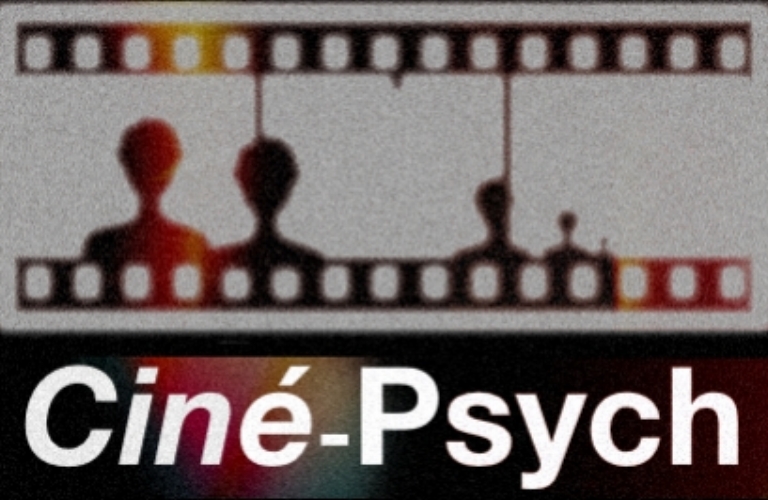JUDY (2019) | dir. R Goold | UK & USA
Reviewed by Holly Breton
Synopsis
JUDY is the cinematic interpretation of Hollywood legend Judy Garland. The film switches back and forth between Judy’s final performances in her career at the legendary “Talk of the Town” bar in London and the start of her career as a child actor. Throughout the film the audience is made privy to the circumstances throughout her childhood that shaped both Judy’s career, as well as her issues with mental illness. We see the hopefulness Judy has at the start of her career, followed by the despair secondary to her financial troubles, and ultimately, her issues with addiction.
Throughout the film we follow Judy in the last year of her life, as her financial crisis forces her to separate from her children to perform in London. Additionally, we see how her psychiatric issues lead her to make poor decisions, from marrying a man she hardly knows, to performing on stage while intoxicated. Overall, the film shows how the echoes of trauma experienced in one’s early formative manifest in mental illness and addiction in adulthood, brought out by the stressors of life.
Stylistic Elements
The film uses colour to show the different parts of Garland’s life. Flashbacks showing Judy’s formative childhood years are filmed with bright colours, reminiscent of Garland’s “The Wizard of Oz”. These beautiful and vibrant pastels are juxtaposed against the harsh words of the Hollywood elite who bully Garland into taking amphetamines to both stay thin and to work at a frenetic pace. In contrast, the later years of Garland’s life are shot with dark tones, matching her downward spiral into addiction and depression.
Characters
The characters are well acted, especially by Renee Zellweger, who accurately embodies the great Judy Garland, while still making the character her own. In the last performance of the film Zellweger performs “Over the Rainbow”, and her voice, while not as polished as Garland’s, is still powerful and depicts the sadness, fear and despair that Garland experienced. All the characters in this movie were realistic and human in their portrayals, not all bad or all good, but rather, people in difficult circumstances trying to do their best. This included the father of Garland’s children and her last husband.
Narrative Quality
This movie based on the true story of Judy Garland is extremely engaging and shows a realistic spiral into addiction of someone who is clearly intelligent, talented, and famous. The film does a fantastic job of showing how addiction can affect one’s view of self and other, and one’s interpersonal relationships. Particularly heartbreaking is how it competes with what is clearly shown to be a mother’s deep and undying love of her children.
Emotional Impact
This film is poignant, and the viewer experiences both Garland’s desolation as well as her hopefulness during times of prospective love, for instance, of her audience, of her children, and of her new young husband. By the end of the film, the audience, in recognition of her strength, may be inclined to feel optimistic that she will recover from her addiction, although, those who are familiar with Garland’s life can see the foreshadowing of an ending filled with tragedy.
Educational Score
9/10. Highly cinematic film that accurately displays the complexities of developmental trauma, depression, and addiction.
